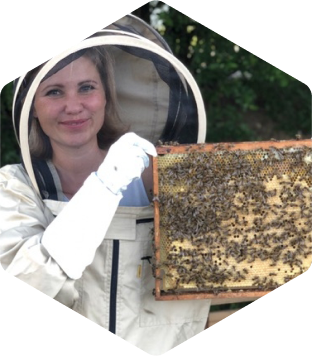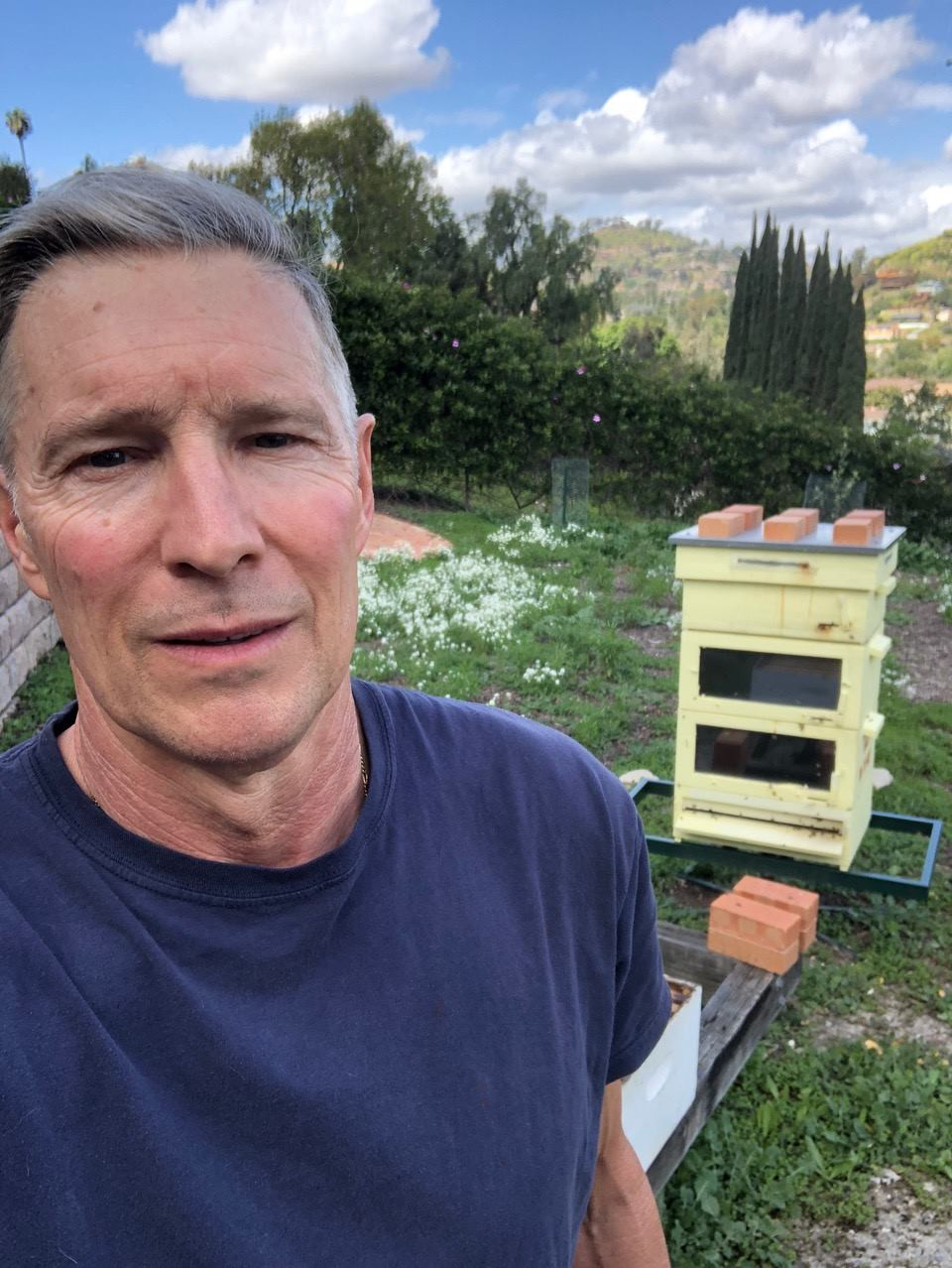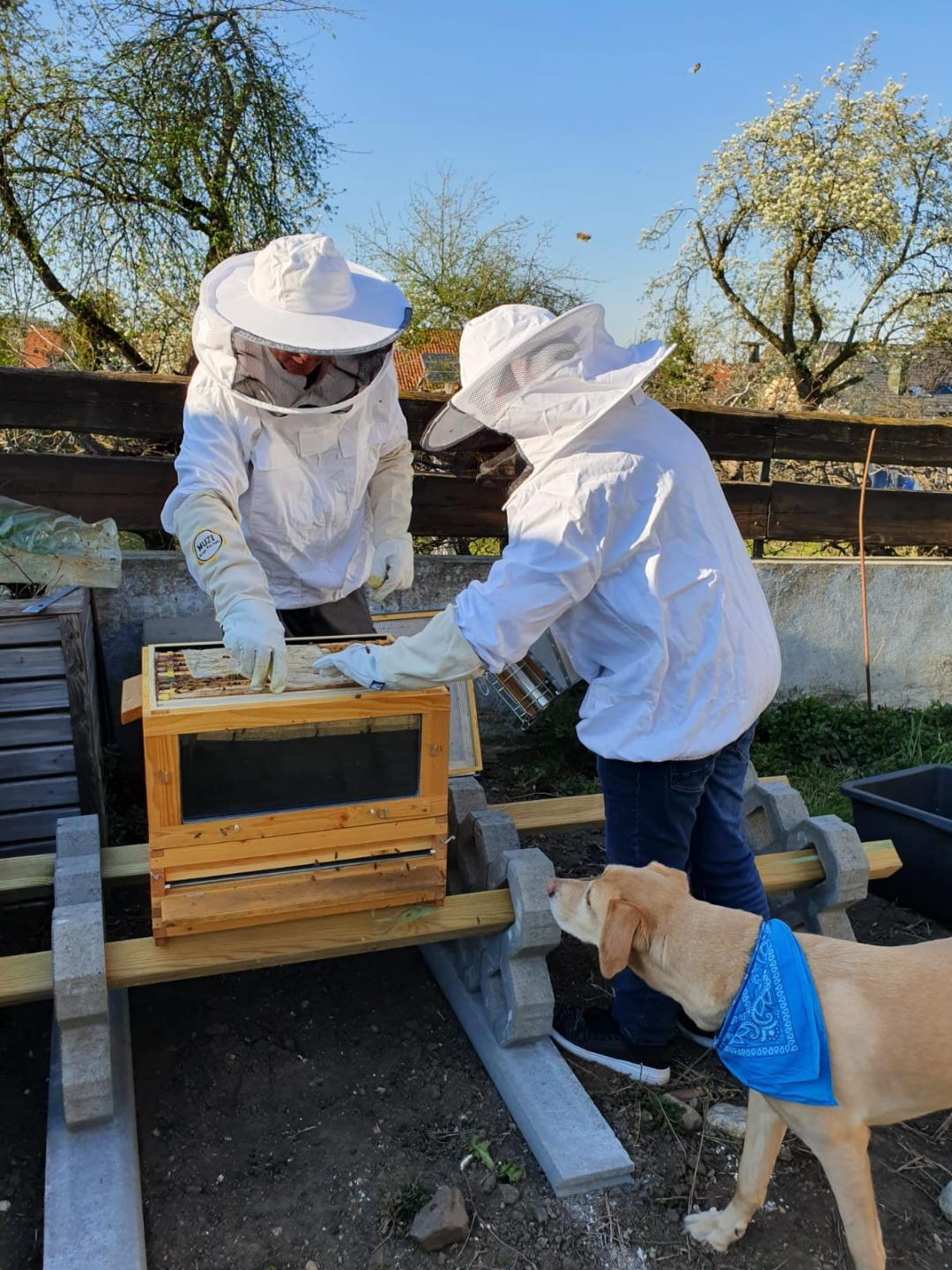Thermosolar Hive
Thermosolar Hive is a Czech invention that has made a big impact in apiculture world. It is a hive and a therapeutic device in one. It eliminates Varroa destructor thanks to solar energy without the need of using chemical products.
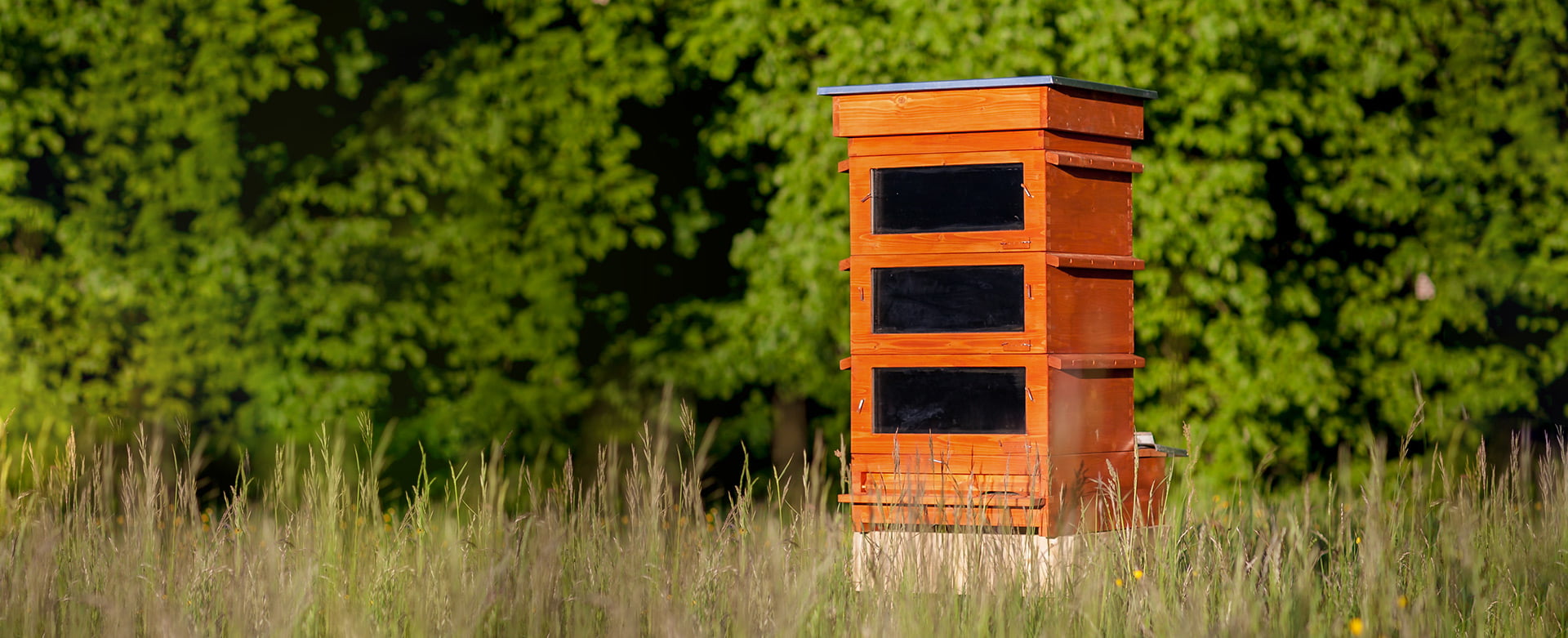
We help beekeepers with their issues
Fight with
Low production of
honey
Using of
chemicals
Death of
bee colonies
Slow spring
development of bees
And we bring them several advantages
Highly effective at killing Varroa destructor without chemicals
Honey production increased on average by 40 %
Honey without chemicals, increased consumption of winter supplies
Presence of Nosema parasites
suppressed
Bees thermal control increased


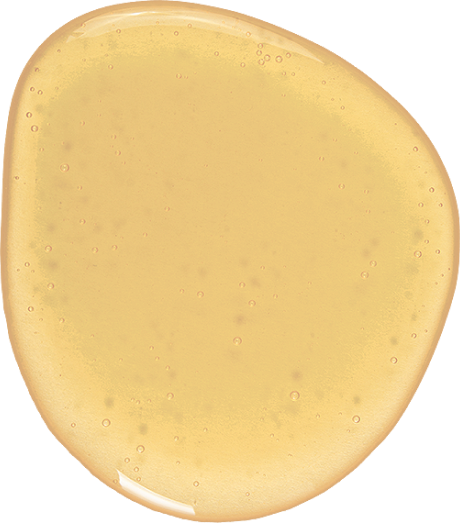


Satisfied beekeepers

More advantages of Thermosolar Hive
It warms up the colony, accelerates its spring development and saves winter supplies
The thermal comfort in the Thermosolar Hive accelerates the spring development of the colony by several weeks (compared to conventional hives) and saves the winter supplies, as well as the honey produced during the foraging. After winter (end of February) the bees will be almost as strong as how they were before winter. An experiment showed that the colonies in thermosolar hives consumed on average 6,4 kg of supplies less than the ones in conventional hives.
Health condition of the bees improved
Most of the bee viruses are carried and transmitted by Varroa mites. With their extermination, the health condition of the bees automatically increases in this respect. Based on the studies, bee viruses are fundamental factors that have an influence on the lifespan and vitality of bees.
Reduced risk of thermal destabilization of colonies if other bee hive boxes are added thanks to the device that keeps the determined temperature inside
New hive boxes in the brood chamber are quickly laid with eggs during spring.
Significantly reduced time on Varroosis treatment...
Treatment of varroasis in a Thermosolar Hive is time-saving. Treatment consists only of removing the vapour-permeable roof in the morning and ventilating it after the maximum treatment temperature has been reached. The temperature is measured by the hive itself and it is then displayed on two digital thermometers that are integrated into the back of the thermosolar ceiling. The temperature, however, is moderated by a beekeeper who is in charge of the length of treatment and the level of temperature. This eliminates the possibility of failure of the best ventilation technology in advance and cannot endanger the colonies.
It protects the bees against severe and long winters
By protecting the bees from frost, the thermosolar hive significantly reduces their mortality during the winter months. This allows even weaker colonies, such as backup colonies with spare queens, to survive the winter. The thermosolar windows heat up the colony during severe winters and eliminate the risks of bees dying out of the cold. The exhaustion of the bees is also considerably reduced which makes their life longer and helps to strengthen the spring colonies. The rule is the colder the weather the more the hive protects the colony. Low temperatures make the sky clear which increases the heating performance of thermosolar frames. The heat generated in this way is stored in the hive and, due to its construction, it also has considerable thermal inertia. On frosty and clear days, the hive can be up to 15°C warmer than the outside temperature. There is then a big difference between a hive that overwinters at -5°C and one that faces -20°C.
Fixes the problem of poor-quality watery honey
This problem is known from thin-walled hives and can be fixed by creating thermal comfort for the worker bees which will enable better evaporation of water content of nectar.
Allows to have early season queens and drones within a short beekeeping season
Early season queens are the best as their colonies are ready for the main honey flow season. However, this is not possible in ordinary hives as the average temperature during early spring is as low as the temperature outside. This is the reason why having early-season queens and drones is not possible. A solution to this problem could be having a hive that can heat up itself and keep the warmth even with the first rays of sun after a long winter.
Depending on frame size it can hold at least 25 kg of honey in a honey super
Without limiting the queen in the brood chamber, depending on the frame size the hive can hold up to 25 kg of honey in a honey super. This is also regarded in the whole concept of our Thermosolar Hives.
It gets rid of the Varroa destructor mite in the colony during late summer period
Varroa mites are almost all exterminated after the second thermotherapy during the late summer period. One treatment is enough to kill up to 70 % of mites which is the rate that could be dangerous to the colony. Varroa mites can only survive winters during their phoretic phases. The Thermosolar Hive reduces the risks of dying from varroa infestation. The hive technology aims not only to kill the Varroa mites directly in the capped brood but also on house bees (nurse bees for the brood). After the thermotherapy, they fall down to Varroa bottom. The first ones are killed at 38°C and the rest are eliminated when the temperature is above 40°C.
It considerably suppresses the presence of Nosema disease caused by Nosema parasites thanks to the thermotherapy
It is known that higher temperatures kill Nosema spores. As a side effect of the thermotherapy applied for Varroa mites in the late summer months, it also disinfects the hive from microsporidian parasites for winter. Spring thermotherapy helps the bees to avoid troubles with Nosema disease that could infect other colonies during this time of the year.
Significantly increases the flight activity of the colony and its flow potential
Drones and continuous thermosolar heating allow thousands of bees to fly out of the hive and devote themselves to pollen collection. This comes in handy, especially during the spring months.
Exterminatiate Varroa mites directly in the capped brood with efficiency of 100%
Only correct performance of thermotherapy in the Thermosolar Hive ensures killing mites hidden in the fetus, with the efficiency of 100%. Therefore, only this approach gives us the opportunity to eradicate varroasis.



Strong and healthy bees means more honey
Beekeeping without chemicals and with unique patented hive and therapeutic device.
Buy on online shop
How it works

Intense short-term thermotherapy is done during summer months. Ideal time for that is from the end of July to beginning of August. The hive should be placed on a bright and sunny place with its entrance facing South or South-East. The thermotherapy is best done during bright days with maximum of 30 % cloudiness. The treatment should be performed in the morning - during afternoon a temperature in brood chamber wouldn't be even as it the upper part of the box would quickly overheat. All the capped brood of the colony must be placed in the super with the therapeutic thermosolar ceiling. Entries of all supers must be closed, the hive entrance narrowed and queen excluder removed just before starting the thermotherapy. Make sure that the thermometer sensors are inserted correctly into the frame with capped brood.
By removing the hive roof you allow the sunrays to reach the thermosolar ceiling. The heating is gradual, approximately 0,1 °C per minute. Thermometer sensors are inserted into the frame with capped brood. Once the temperature of the upper sensor reaches 47°C, beekeeper stops the active heating of the brood chamber by putting the roof back. The difference in lower and upper sensors will equalize gradually. The temperature will settle at 42-43 °C which will last for at least 120 minutes. This time is enough for killing Varroa mites inside of the capped broods. 120 minutes should be counted when the whole box reaches the temperature of at least 40 °C.
The house bees remain on the heated brood during the whole therapy. That's why the brood remains intact throughout the therapy without being harmed. The brood stays intact even if virgin comb is not there. We also recommend horizontal wiring of the frames. High quality and pure beeswax melts when the temperatures reach 60 °C. The queen and the adults bees are not exposed to the heat as the therapy in done with the open entrance. The queen and the adult bees can either move to the bottom box where the temperature stays the same or leave the hive.
For 100 % cure of the colony, the therapy must be repeated within interval of 7-14 days. The rest of surviving mites will be destroyed. The same method could also be applied before adding honey chamber in order to kill the rest of the mites that could have survived winter on the bees.
Awards & Certifications










